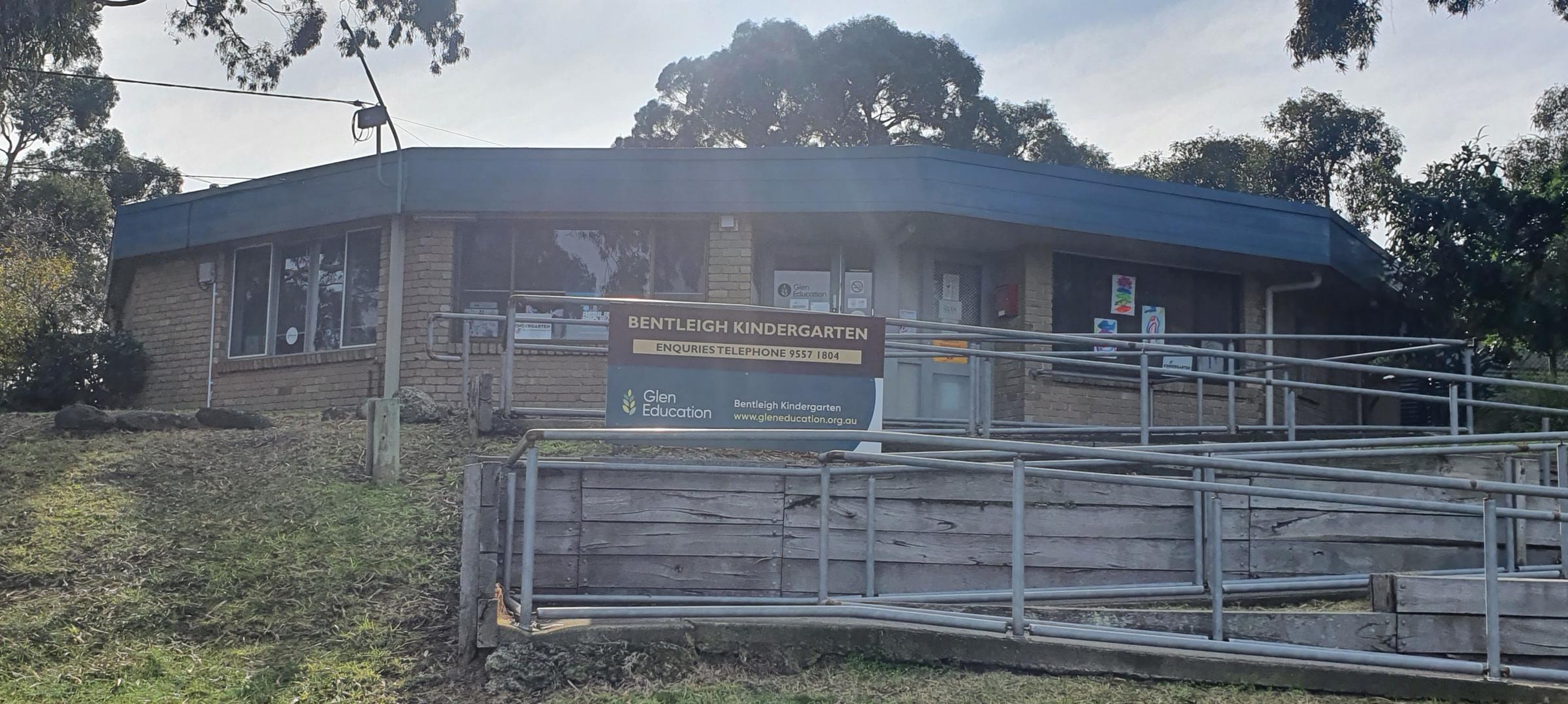Glen Education Bentleigh

Processes to Ensure a Safe Workforce
Kaye McCallum, Early Childhood Teacher
Child Safe Standard 6 - People working with children and young people are suitable and supported to reflect child safety and well-being values in practice
Much of child safe standard 6 focuses on the processes in place when an educator or volunteer joins Glen Education. The child safe standards state that at a minimum organisations must ensure:
- 6.1 Recruitment, including advertising, referee checks and staff and volunteer pre-employment screening, emphasise child safety and well-being
- 6.2 Relevant staff and volunteers have current working with children checks or equivalent background checks
- 6.3 All staff and volunteers receiving appropriate induction and are aware of their responsibilities to children and young people, including record keeping, information sharing and reporting obligations
- 6.4 Ongoing supervision and people management on child safety and well-being
At Glen Education we ensure we are implementing child safe standard 6, and highlight or commitment, through our policies and procedures. These processes ensure that the Child Safe Standards are embedded in the practices of the organisation. Our process for hiring new educators reflects our commitment to child safety. Each applicant is interviewed by a panel, which includes a member of the Executive Management team, our people and payroll coordinator and a representative of our educational team, from across our services. During the interview process applicants are interviewed for suitability, to ensure that they are fit and proper people and align with the organisational values ( Respect, Authenticity, Integrity, Community, Celebration). If the applicant progresses from the interview stage, references are requested if required and checked.
To comply with National Regulations all educators employed by Glen Education must hold either the VIT (Victorian Institute of Teaching) registration or a WWCC (Working with Children’s Clearance). Before commencing working in services, Glen Education receives copies of either a teacher’s VIT registration or an educators WWCC. These are checked against their respective registers and are then kept on file at an educator’s service. As a part of compliance checks these registrations are reviewed regularly and updated copies are requested as cards expire.
In compliance with standard 6.2 Glen Education services also check WWCC registration for visitors to the services as a part of the educational program. This may include providers such as incursions presenters, allied health practitioners and other community visitors such as volunteers or university students.
Having a strong induction process supports Glen Education to provide a safe environment for children. Upon commencement of employment, educators receive important policies in hard copy, and are shown where to access other polices. New educators have the opportunity to meet with the Educational Leader and other Glen Education leaders to get support, discuss the organisational philosophy, mission and values as well as understand our commitment to child safety. These conversations support educators to orientate into Glen Education and ensures they know what is expected of them, know the location of important documents, WHS checklists, evacuation, lockdown and lock out procedures and the location of extinguishers and medications.
Additionally, once employed, educators meet compliance by
- Having regular opportunities at meetings to discuss and raise concerns, responsibilities and WHS issues at team meetings. We have a Glen education WHS co-ordinator to support kindergartens and a process to log WHS concerns
- Having conversations about child safety both within the team and with families
- Being aware of and implementing current practices, policies, and procedures. Educators have the opportunity to review and contribute feedback on policies.
- Looking at previous incidents and how they were handled. Critical reflection each time we fill in an accident form regarding supervision and potential changes to practice that could be made if necessary.
- Understanding social and cultural influences that may influence practice
- Attending regular professional development, including free training through the CCYP (including information sharing scheme, new child safe standards) as well as child protection training through In Safe Hands and the Department of Education and Training. Over the past two years we have also had training on The Resilience Project to support wellbeing and phycological safety.
